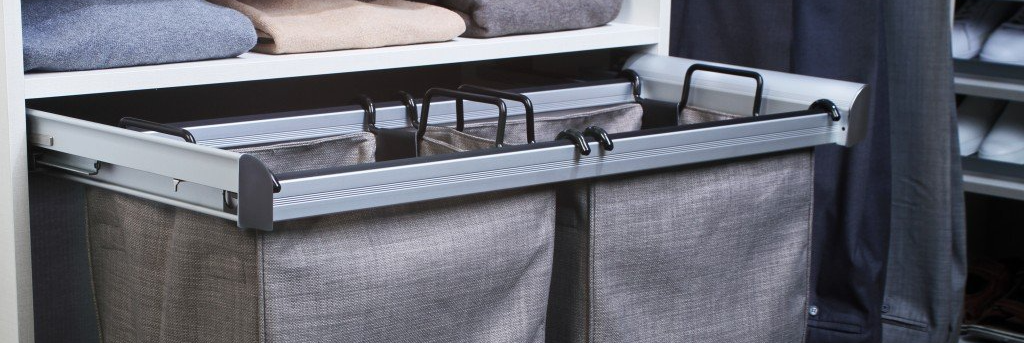Five Key Tips for Inhibiting Mold Growth in Closets
Adam Bender | January 27, 2021

From ugly brown stains forming on your basement ceiling to slimy green spots growing in your bathroom shower, many homeowners are affected by mold. But it can be quite embarrassing to find mold in your custom closets.
Not only can mold destroy your clothes, but some types of mold can actually be harmful to your health. The Centers for Disease Control & Prevention (CDC) note that adverse mold health effects include coughing, sneezing, wheezing, and heightened allergy and asthma symptoms.
If you want to safeguard your closets from mold and mildew, you should:
- Routinely check for water damage
- Provide your closets with daily ventilation
- Use dehumidifiers
- Never store damp clothing in your closets
- Regularly clean your closets
Take a closer look below at how you can protect your closets from mold and mildew with these five tips.
1. Check for Water Damage
Where there is water, there is mold. Mold loves humidity and will grow in dark, damp locations. If your home is suffering from a leak or any other type of water damage, it may also have a mold problem.
Be sure to routinely check your entire house for water damage. Some telltale signs of water damage include musty odors, bubbling wall surfaces, peeling wallpaper, and staining.

2. Ventilate Your Closets
As the Environmental Protection Agency (EPA) notes, mold and mildew thrive in dark, cramped spaces, which is why your closets are potential havens for mold. In order to prevent mold from growing in your closets, keep the areas well ventilated by keeping the doors open.
You can also use a small fan to circulate the air for an hour or two every day.
3. Use Dehumidifiers
Mold can’t grow without moisture. One way to keep your closets free of moisture, mold, and mildew is to use dehumidifiers to remove water droplets from the air. There are many affordable and compact dehumidifiers available on the market that will fit effortlessly into your closets.

4. Don’t Store Damp Clothes in Your Closets
While it may seem tempting to throw damp or wet clothing into a closet corner until it’s time for them to be washed, avoid the urge to do so. Even slightly damp fabrics are open invitations for mold to start to grow.
Always store dry, clean clothing in your closets on hangers or in drawers, bins, or baskets.
5. Clean Your Closets
Every month or so, make it a priority to thoroughly clean your closets from top to bottom. Hunker.com notes that you can make a tea tree oil and water solution that you can spray on your shelves and clothes to keep mold at bay. Also, ensure there are no damp or dirty clothes on your floors, no visible water leaks, and no signs of mold.
Keep an eye out for the following signs:
- Stale odors in your closets
- Brown, black, yellow, green, or purple spots forming on your closet walls or ceilings
- Sudden coughing or wheezing fits
Keeping a clean house means keeping neat and tidy closets as well. Regularly cleaning and checking your closets will alert you to potential mold problems.
Conclusion
It’s essential to keep your closets clean, not just for your clothing, but for your health as well. In order to protect your closets from mold and mildew, routinely check for water damage, keep your closet doors open, use dehumidifiers, never store damp clothing in your closets, and clean them regularly.
With these five tips, your closets will remain mold and mildew free!
Sources
QUICK LINKS
CONTACT INFO
Dream Closets LLC
404 E Wigwam Blvd,
Litchfield Park, AZ 85340
Phone
SCHEDULE A CONSULTATION
Contact us, and we will come out and discuss your project free of charge.

